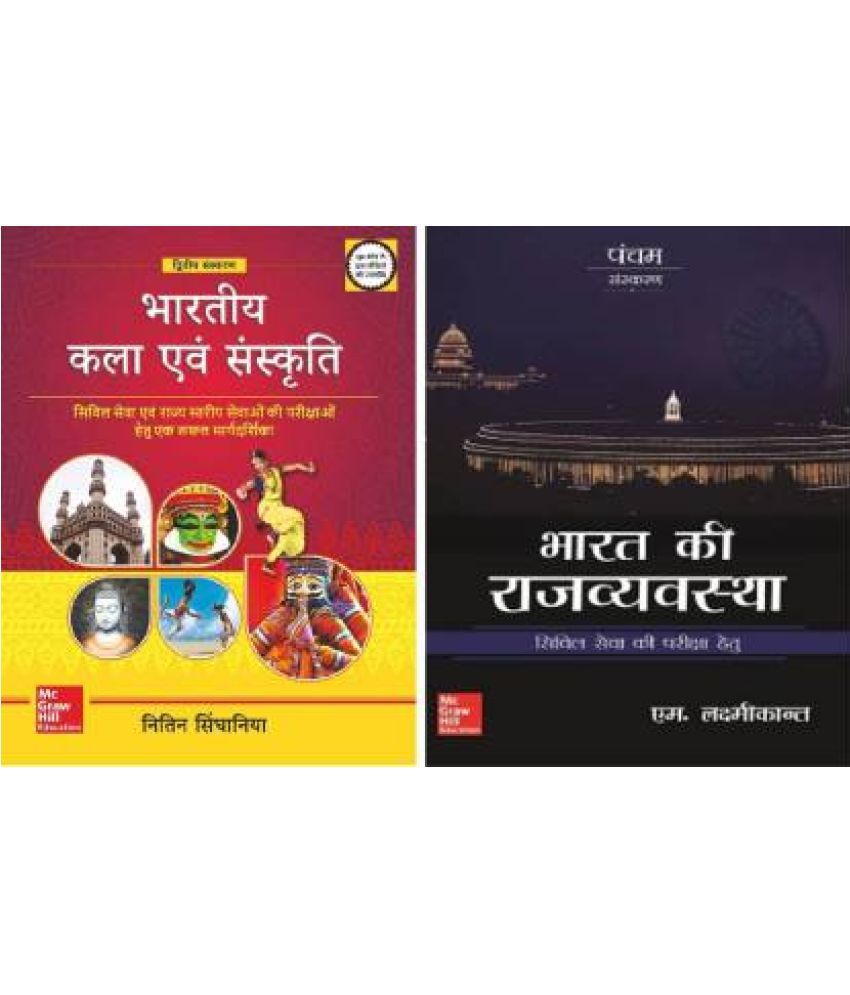- The Museum of Indian Arts and Culture/Laboratory of Anthropology is located on Museum Hill TM at 710-708 Camino Lejo, off Old Santa Fe Trail. get directions » HOURS The museum is closed until further notice more info » ADMISSION $9 - General Admission $5 - New Mexico Residents with ID Museum members admitted free 16 and under are always free.
- Hy friends, Here is a video on indian art and culture in hindi. So stay tuned and do SUBSCRIBE this channel to get more videos on study everyday. Indian history gk indian history quiz.
Indian culture is often considered as a collective from a shared group of distinct cultures that had originated in the Indian subcontinent in close connection with one another, rather than as a homogeneous cultural tradition. The origins of these cultures, which developed in the riverine plains of what are today the independent countries of India, Pakistan, Bangladesh, and Nepal date back to as far as the 2nd Millennium BC. Today, the diaspora of peoples of Indian ancestry is to be found spanning across all corners of the world. Below, some of the key aspects of Indian culture will be discussed.
Arts and Language


1 day ago Indian culture and art are integral to India's soft power, Shringla said. 'Artists dedicated to Indian art forms are not merely performers but brand ambassadors who have been taking our rich.
The ancient Indian classical language, called Sanskrit, was one of the earliest Indo-European languages to be developed. The epics of Mahabharata, Ramayana, the classical plays written by the court poets of early first millennium AD, the grammatical treatises of Panini, as well as countless works of lyrical poetry, tracts on statecraft and the performing arts were all written in Sanskrit. The modern Indian languages, such as Hindi, Bengali, Tamil, Urdu, and Manipuri, each have their own unique and significant literary traditions which go back for many centuries as well. Hindi is the most common language spoken in India in terms of native speakers.
Indian Art And Culture Pdf
India has one of the earliest scholastic traditions of the systematic study of performing arts. Natyasastra, a 2,000-year-old Sanskrit text, describes five systems of classifying musical instruments. The oldest preserved examples of Indian music are the melodies of the Samaveda, written in the early years of the first millennium BC. The intricate 'frescoes', which are murals found in the various ancient structures down the length and breadth of the country, testify to the superb technical expertise of the sculptors and artisans of India through the years.
Philosophy and Religion
Numerous significant religious traditions that developed within India have become globally important today. These include Hinduism, Buddhism, Jainism, and Sikhism. Meanwhile, Christianity and Islam, with their Middle Eastern origins, have deeply influenced the development of Indian cultural practices. In fact, both of these foreign religious traditions have been extensively practiced in the region for many centuries now. As such, they can scarcely be considered as being less integral than the indigenous religious traditions of the subcontinent to the culture as a whole.
Numerous philosophical traditions have developed in India. Notably, the 6 schools of Vedic philosophy and 4 schools of Heterodox philosophy, of which the most reputed is Buddhism, are included among them. India has a very ancient tradition of atheistic thought as well. One of the most famous of these is the materialistic philosophical school called Carvaka, which was developed in the 6th Century BC.

Food and Drink
Google Art And Culture App
The cuisine of India varies considerably across its various regions and ethnic communities. Some significant culinary traditions are the Mughlai, Rajasthani, and Kashmiri cuisine in the north. Wheat-based bread is the main staple in the north and west of the country, while rice predominates as the main starch in the south and east. Udupi and Chettinad cuisine are specialities of the south. Trimline 4650 folding treadmill parts. Eastern India is noted for comparatively more non-vegetarian dishes, especially those incorporating freshwater fishes. In fact, every constituent state of the Republic of India has its own distinct culinary practices, and many share a lot in common with the foods of the neighbouring countries of Nepal, Pakistan, and Bangladesh. To illustrate the situation, the food of West Bengal and Assam is more akin to the food of Bangladesh than to the food of North or South India. Similarly, Kashmiri food has more affinity with dishes in Pakistan and Iran than it does to cuisine from other parts of India.
India has an elaborate range of variation when it comes to milk-based desserts. The region is not very well known for having much of a 'cheese culture', but a particular sweet cream preparation, called Kheer, has been venerated through generations. Bengal and Uttar Pradesh, on the other hand, are famous for their specialty sweetmeat preparations. Due to religious taboos, alcohol production in India is not so widely prominent as are other features of its cuisine. However, almost all regions have their own particularly local alcoholic varieties, such as Mahua of Bengal, Chhang of Meghalaya, and Bhaang of Northern India. India has the largest population of vegetarians in the world, and a number of culinary traditions have developed which pride themselves in their strictly vegetarian status. These include the Udupi cuisine of the western coast of South India, and the Jain food of Northwestern India.